Braque d'Auvergne
Braque d'Auvergne is a versatile hunting dog breed originating in France (mountainous area of Cantal). They were bred for working, but these dogs are also great family pets that can adapt to the family lifestyle. Since they were bred to work alongside a human hunter, the Braque d'Auvergne formed strong bonds with their owners.
If you leave them alone for too long, they can develop separation anxiety. Braque Auvergne is a sensitive breed who will get along excellently with kids and enjoy spending time with them.
This highly active dog requires loads of daily activities to be happy. If you are not an active person who loves to spend your time outside, this is not the right breed for you. If their physical needs are met, you will get the most lovable dog and a fantastic companion. Here are the most important things you should know about this breed.

Height:
21–23 in (53–57 cm)

Weight:
48-62 lb (22-28 kg)

Origin:
France

Life Expectancy:
12-15 years
Dog Breed Characteristics
Appearance
This breed has a robust, noble appearance, with proportions that are symmetrical. It has a rectilinear build, with a back as long as the forelimbs, a chest that is half-length to the ground, and a skull and muzzle lengths that are divided evenly. The stop is prominent, and the snout and skull are not precisely parallel, giving the dog a Roman nose, as is typical of French Braques.
The top lips are well developed and overlap the lower, emphasizing the muzzle's square shape. The oval-shaped eyes are a dark hazel tone, and the nose is black with broad, open nostrils. On the skull, the ears are positioned fairly high and far back. When the dog dips its head, they have rounded corners and dangle down just short of the snout.
The neck is lengthy, about the same as the head, with a slight dewlap and a mild muscle arch. The back is strong and level, with only the prominent withers at the top of the shoulder blade, interrupting the straight line. At the same time, the loin is broad and goes into a shallow angle at the rump.
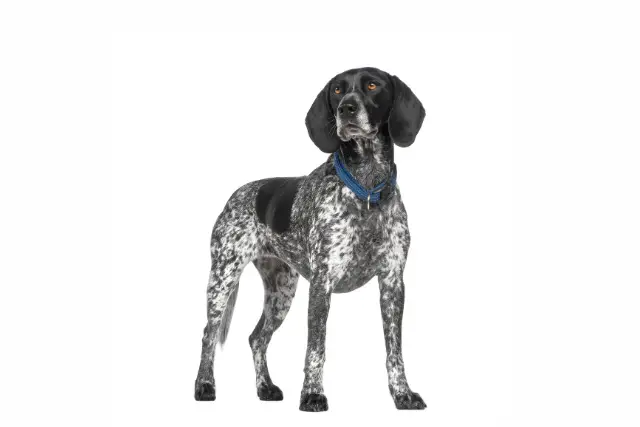
With only a tiny hollowing at the flanks, the chest is strongly sprung, and the robust abdomen is tucked. The tail is carried horizontally and is positioned high. It is typically docked to about half its length in places where docking is still legal. However, it should reach as far as the hocks if undocked.
The Braque d'Auvergne's strong, upright limbs help it walk in an easy, light gait, allowing it to traverse vast distances. In contrast, the lower limbs are solid, with enough bone stock to survive the inevitable knocks and twists they must endure while working over uneven ground.
Coat type and color
The Braque d'Auvergne coat is short, silky, and lustrous. The only coloration permissible for this breed is black with random white markings, which can be ticked, groaned, or a combination of those two patterns.
Temperament
Like most gun dogs, the Braque is quite intelligent. They can be trained to do almost anything, so you will soon have the best-behaved dog on the street if you have the patience and determination.
They're also eager to learn, which makes training a breeze. They don't dislike repetition, so you don't have to keep them occupied for long periods to get the greatest results.
While knowledge and trainability are valuable assets, their demeanor may be much more appealing. These dogs are virtually entirely non-aggressive. Nothing makes them happier than a nice snuggle (after vigorous exercise or hunt, of course).
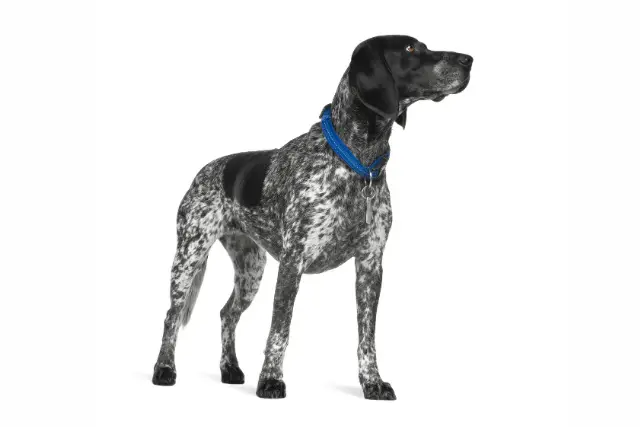
They can also be sensitive, which makes them vulnerable to separation anxiety. They'll always want to be around you, and they don't do well when left alone for long periods. This is not a breed for those who are always on the go.
You'll also have to get used to having a dog following you around at all times. You may find yourself continuously tripping over them, as they may frequently refuse to be in a different place than you at any given time.
Care guide
The good news is that the Braque d'Auvergne is relatively easy to maintain compared to other family pets that require constant grooming and pampering. These dogs were bred for hunting, which means they will need plenty of exercise.
If you really want to take good care of your dog, you should talk to your vet and establish a great care routine. Here is what that care routine should include.
Grooming
The short coat takes very little grooming; once a week, a quick brushing will suffice to keep it in good shape. They will shed more during the shedding season, so make sure you make grooming sessions more often during that time of the year (spring and fall). The Braque d'Auvergne has to be bathed every 3 - 4 months, or if they roll into something very dirty or stinky.
Brushing isn't the only aspect of grooming. You should make sure you check your dog's ears regularly. Scenthounds have floppy ears, making them prone to ear problems. You can clean their ears with soft cotton balls dipped in pH-balanced ear cleaners.
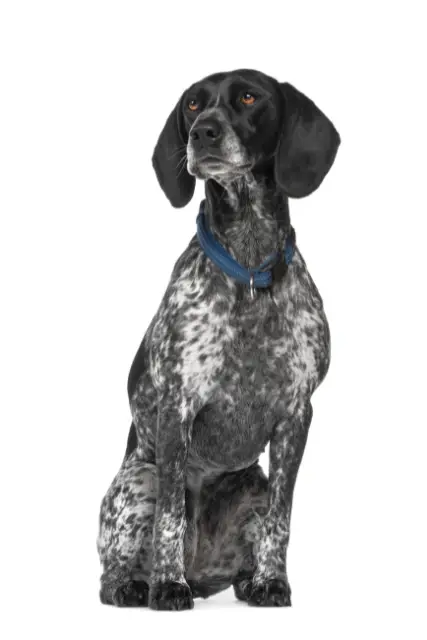
Make sure to clip the dog's nails if they get overgrown. Overgrown nails can cause issues with your dog's paws, which you want to avoid. Another vital thing is dental hygiene. This is often overlooked by dog owners, but dog teeth that aren't adequately taken care of can cause all sorts of life-threatening conditions.
Training
The Braque d'Auvergne is not developed to operate independently; rather, it is intended to have an instinctual awareness of its owner's wants and respond appropriately. This is reflected in its trainability, as its passion for pleasing and intelligence make working with it a pleasure.
Those considering entering their dog in canine sports should keep in mind that while it is an excellent field hunter, its slow pace means it will struggle in competitive tracking. If maintained as a pet, however, it will undoubtedly enjoy the experience of participating in such trials if the occasion arises.
Exercise needs
Because this is a working breed with a lot of stamina, it should be given as much exercise as possible. Without at least one hour of physical activity every day, preferably much more, the Braque d'Auvergne is prone to obesity, as well as the psychological effects of boredom and frustration. It is necessary to have access to a large garden, which must be adequately fenced to prevent any efforts at escape.
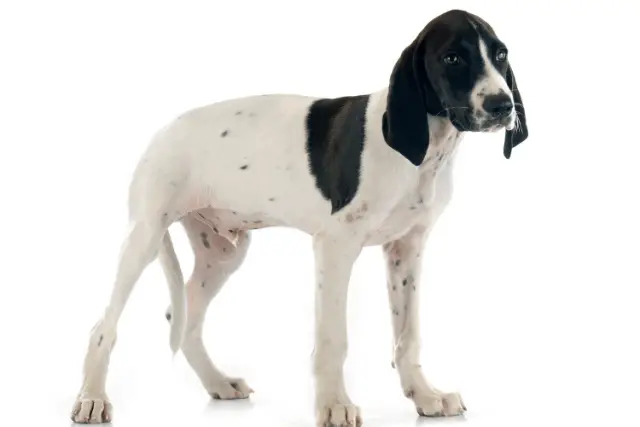
Socialization
The process of socialization is extremely important. It will make sure your dog doesn't end up being overly shy, timid, or aggressive. Socialization should start from the moment your dog arrives at your home. You can slowly introduce them to new situations, rooms, people, scents, and sounds.
Make sure your dog has a positive experience during those processes, so they won't develop a fear of new situations. You can repeat the process outside your home once the puppy is fully vaccinated, and your vet said you can take them among other dogs. Again, make sure they have a positive experience and slowly introduce them to new things.
Braque d'Auvergne and children
The Braque d'Auvergne is a delightful pet for the whole family. They're affectionate, loyal, and excellent with children, and their non-aggressive attitude means there's little risk of incidents.
To meet their need for attention, you may need a lot of extra hands on deck. They'll be on the lookout for the company all of the time. Unlike many other codependent breeds, they're unlikely to grow fixated on a particular family member. The good news is that they will enjoy playing with the family's children.
These dogs, in general, are excellent playing partners for children.
Braque d'Auvergne and other pets
Because they are not prone to hostility toward other dogs, the charming Braque d'Auvergne typically gets along great with them. They'll probably be relieved to finally have a playmate who can keep up with them.
Cats and other pets, on the other hand, are a different matter. Because these dogs have a strong prey drive, they may decide to chase smaller animals about the house, where they have a good chance of catching them. You don't want that to happen.
If the dog is brought up with cats, they may be fine. Keeping a bird or rodent in the house, on the other hand, is a bad choice.
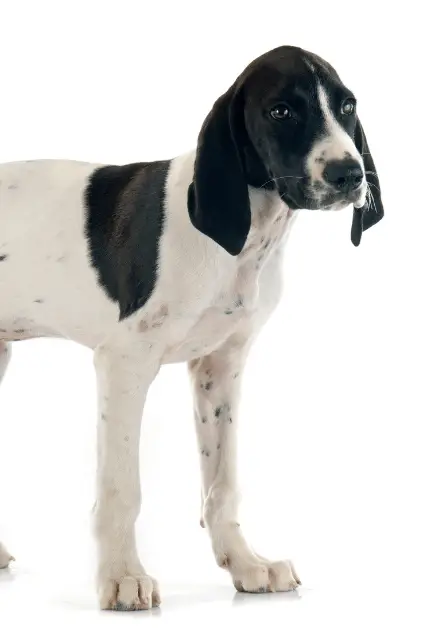
Health
Although there haven't been many in-depth studies on the Braque d'Auvergne's health, it is generally considered a relatively healthy breed.
However, because of its tiny gene pool, there is a greater chance of congenital health problems. Among the issues are:
- Hip dysplasia - Hip dysplasia is a condition in which the hip joints are malformed. Symptoms commonly appear at the age of six months.
- Patellar luxation - A condition in which the kneecap pops out of its normal position. The problem can be slight or severe, and some dogs may require surgery to resolve it.
- Aortic stenosis - The major blood artery exiting the heart has a congenital constriction at the base. This causes a decrease in blood flow and a rise in pressure within the heart chambers.
- Progressive retinal atrophy - A genetic disorder that causes middle-aged dogs to lose their sight over time and should not be used for breeding.
Braque d'Auvergne breeders
The Braque d'Auvergne might not be the most popular breed in the US, so you might have to look for breeders outside of your country if you decide this is the ideal breed for you and your family. That also means finding a reputable Braque d'Auvergne breeder might be challenging.
Most of them are still located in France, which will involve some shipping issues. Nevertheless, you should never buy a puppy from a questionable source. These dogs are prone to genetic problems, so it is absolutely crucial Braque d'Auvergne puppies come from healthy and controlled breeding lines.
SEARCH BRAQUE D'AUVERGNE BREEDERS
World Dog Finder team

Updated at31.08.2023.
Breed History
The French love their pointers, and due to the country's size and geographic diversity, several different pointer breeds have evolved over the years, each reflecting the needs of their original region. The Braque d'Auvergne originated in the Chantal sub-region of Auvergne in south-central France.
While we don't know when it was first produced, it appears to have existed in a form similar to what we see today by the end of the eighteenth century. It is thought that other scenthounds, such as the Grand Bleu de Gascogne and Petit Bleu de Gascogne, were added to the mix to increase the breed's tracking ability. It descended from the Braque Francais, the original French pointer.
This breeding program produced a dog with excellent scenting and tracking abilities and the perseverance to follow a long trail through dense flora and woodland. It was and still is a slow-moving hunter intended to work in close relation with its human handler rather than roaming ahead and working independently.
The Braque d'Auvergne is a versatile and adaptable dog that can track, point, flush, and retrieve game, allowing it to fulfill the responsibilities of two or three other, more specialized breeds. As a result, it grew in popularity in the region during the nineteenth and early twentieth centuries.
The German occupation during World War II, on the other hand, was devastating. The vast majority of those dogs that were not killed in the conflict were abandoned or slaughtered by their owners, who lacked the financial means to feed them. According to breed historians' archives, only about 25 individual dogs survived the war, and the contemporary Braque d'Auvergne was regenerated from this small gene pool.
Although it is still an uncommon breed, it is no longer considered endangered. When the Kennel Club officially opened its books to the breed in 2016, 16 dogs were put into the registry.
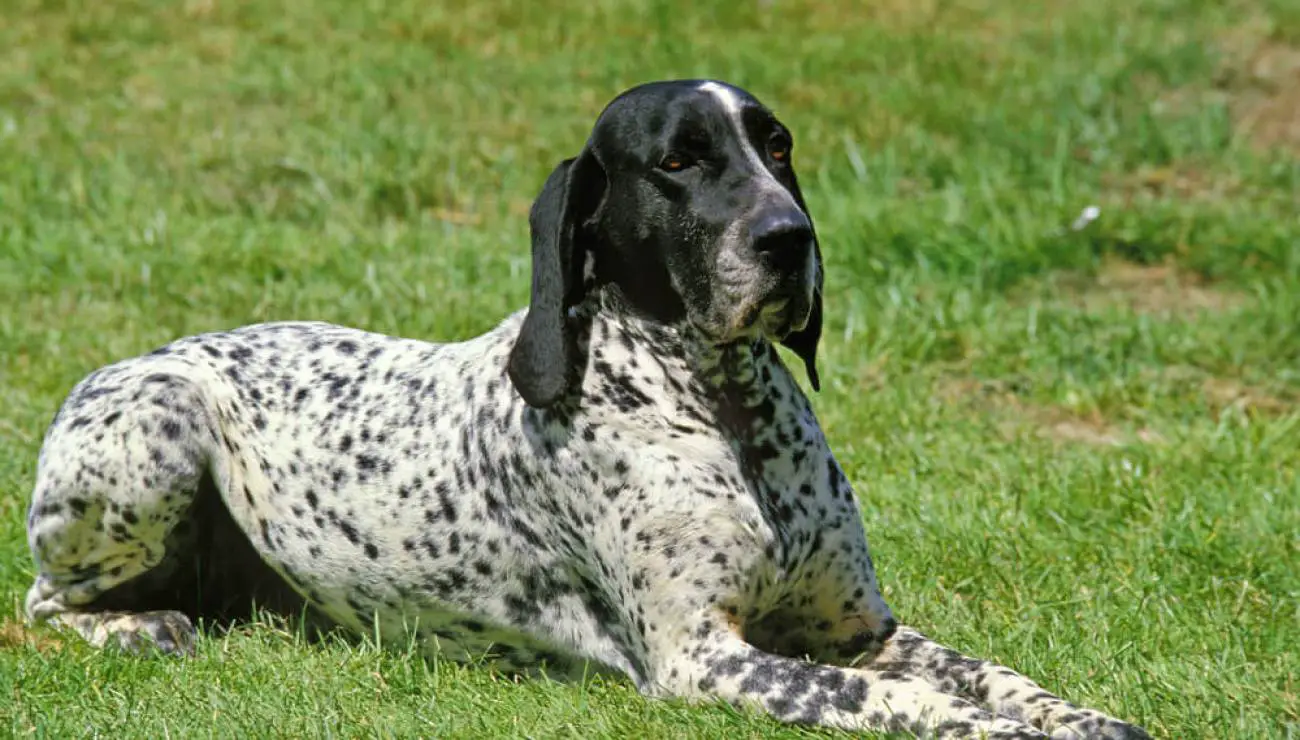
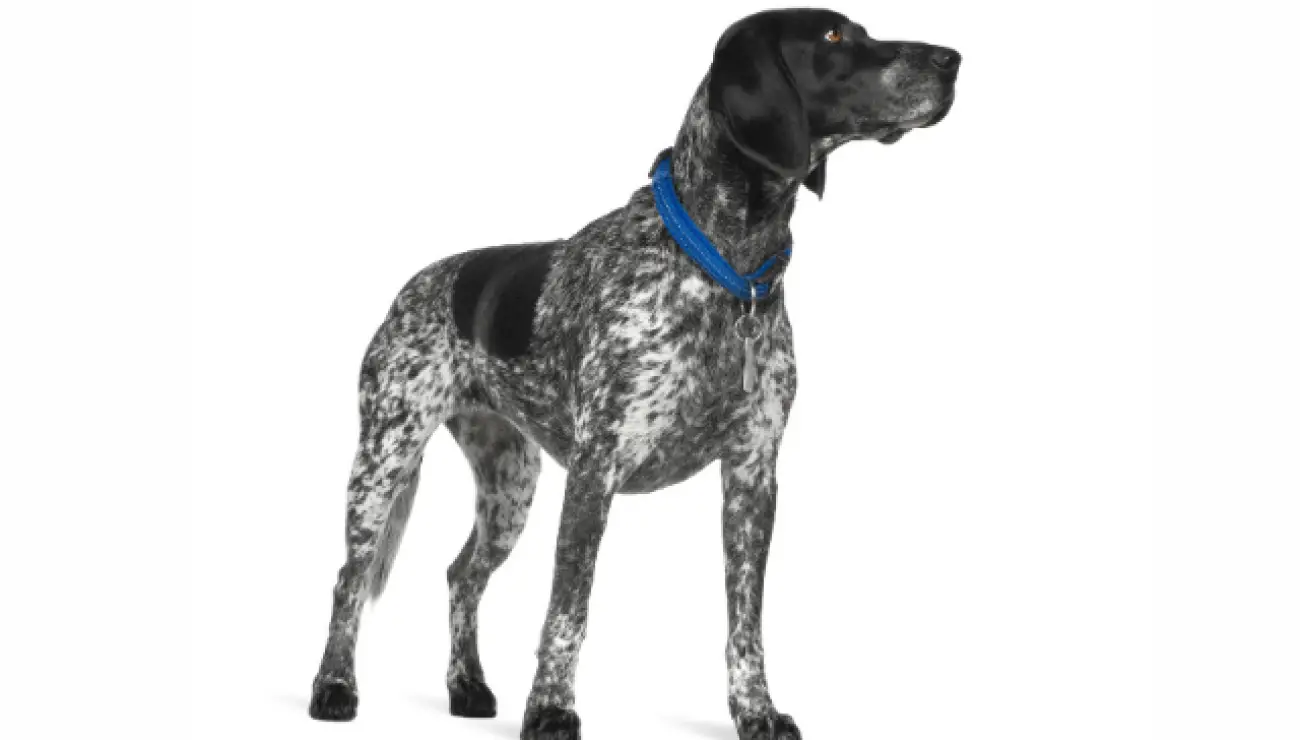
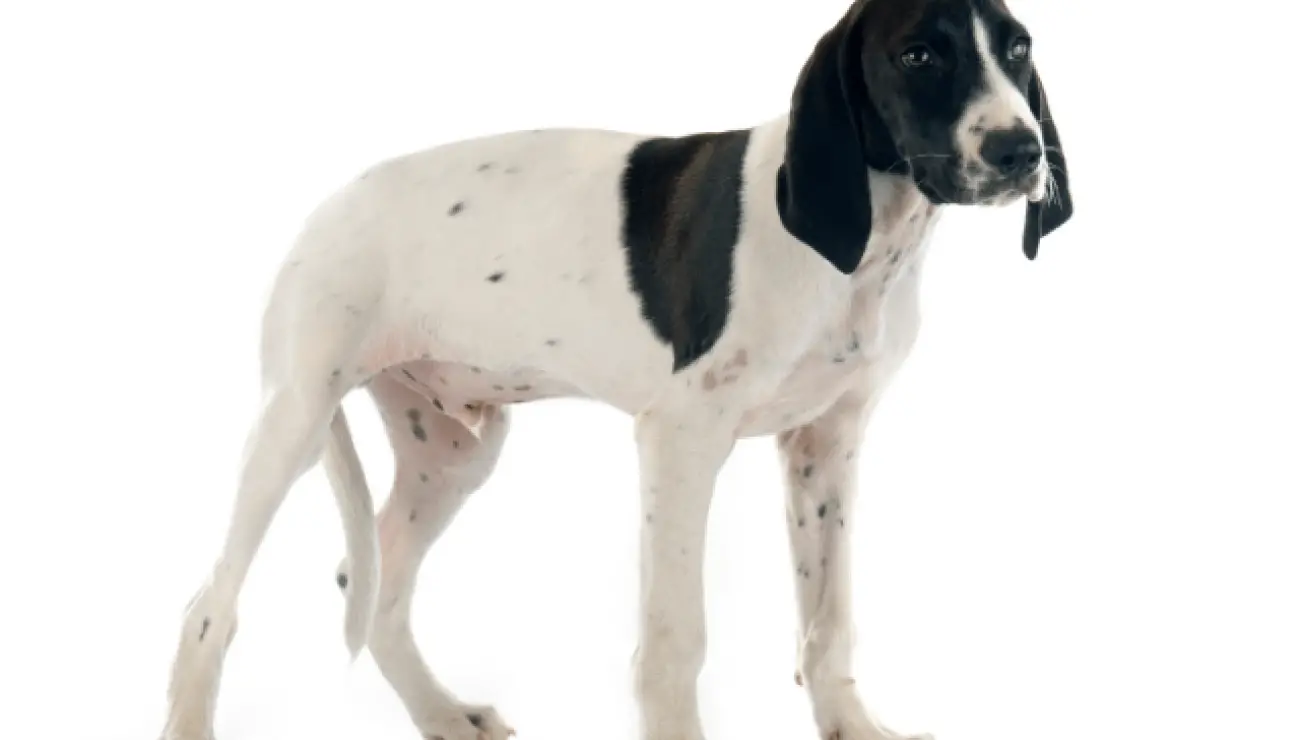
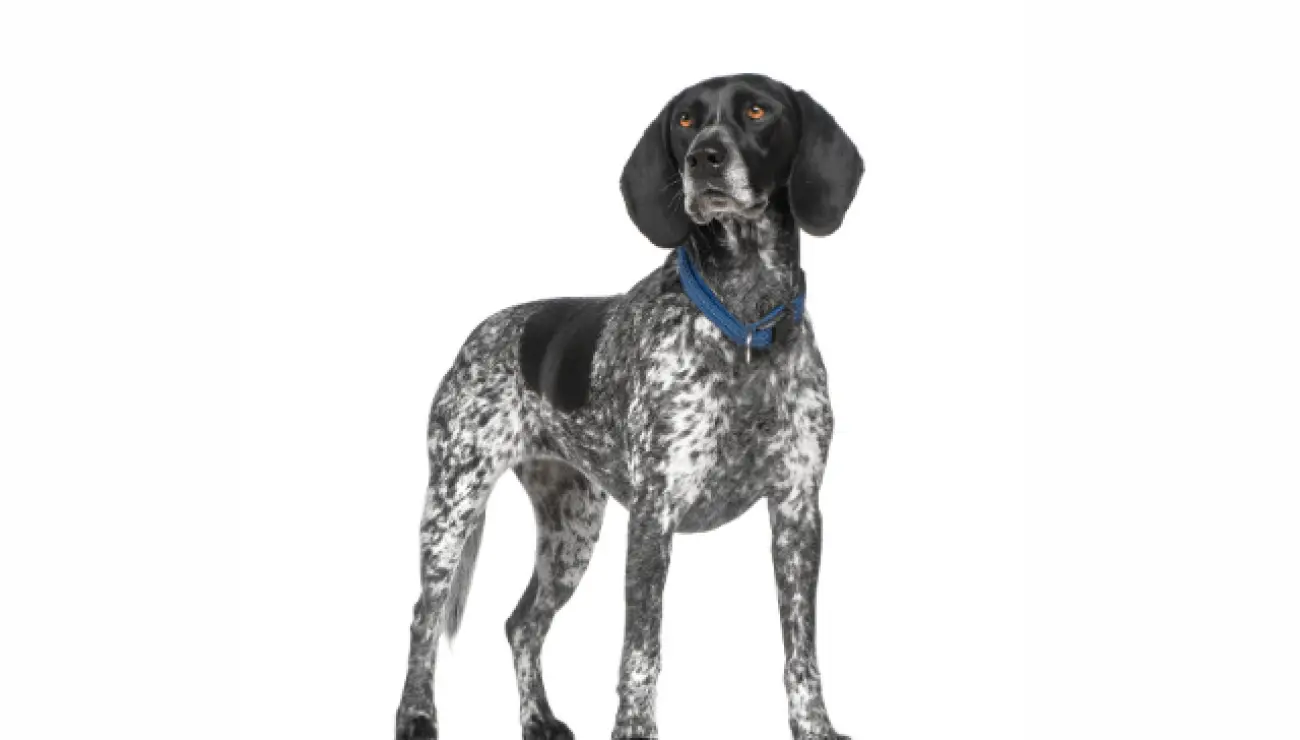
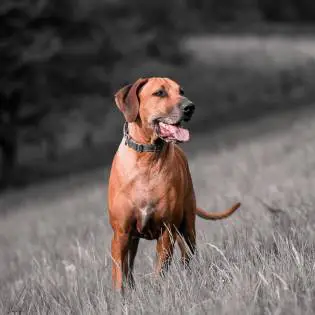
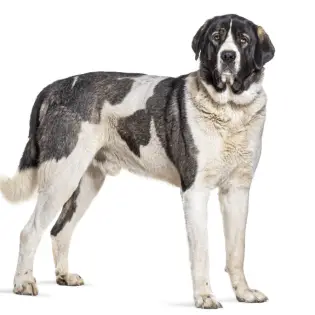
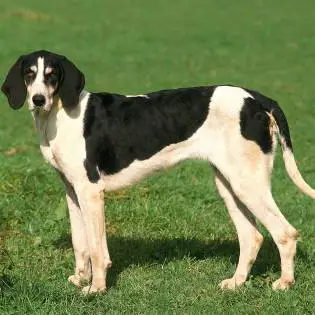
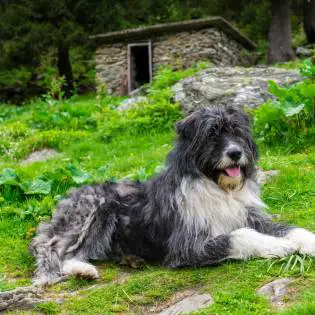
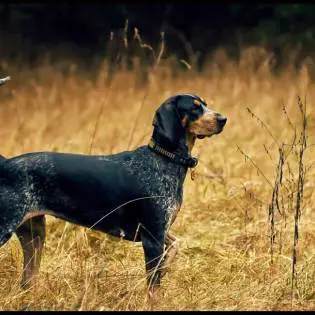
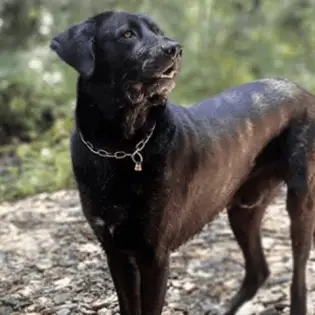
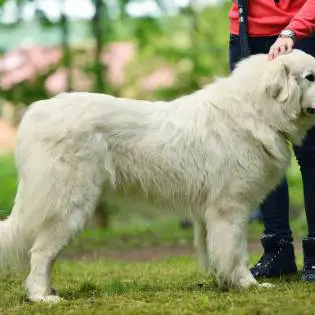
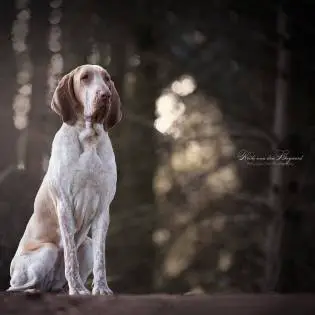
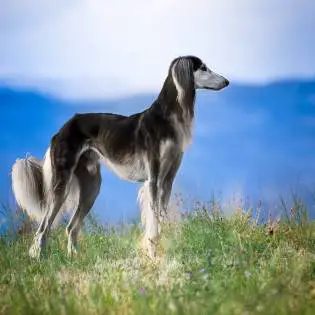
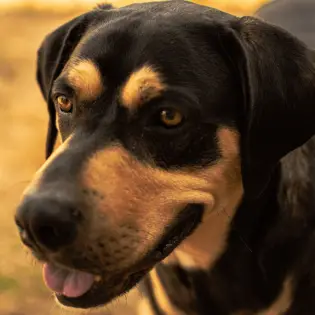

Share